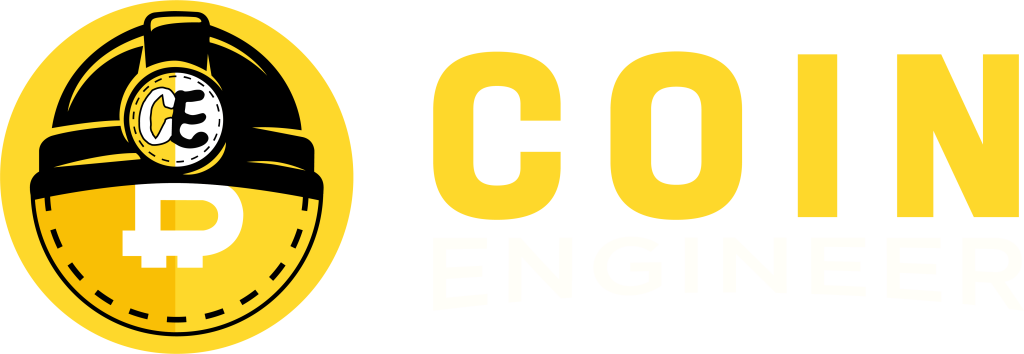What is blockchain advancement Hyperledger? In this article, we will examine Hyperledger.
What is blockchain advancement Hyperledger? Blockchain is a collection of open-source projects that actively support the development of distributed ledgers.. Additionally these projects aim to build the frameworks, standards, tools, and libraries needed to develop blockchains and their applications. The Hyperledger Foundation supports the maintenance and hosting of these projects.
Since its establishment in 2016 by the Linux Foundation, contributions to the project have been made by companies like IBM, Intel, Samsung, Microsoft, Visa, American Express, and blockchain startups like Blockforce. The collaboration spans banking, supply chain management, the Internet of Things (IoT), manufacturing, and production-based industries.
Also Hyperledger serves as a hub for various distributed ledger frameworks and libraries. Additionally, a business can use one of the Hyperledger frameworks to improve efficiency, performance, and transaction processes. Also, it provides the means to enhance overall operations.
Hyperledger works to provide the necessary infrastructure and standards for developing blockchain systems and applications. So developers use the Hyperledger Greenhouse to develop commercial blockchain projects. All network participants know each other and can participate in consensus-building processes.
Hyperledger-based technology operates using the following layers:
- A consensus layer that agrees on the order and validates the correctness of transactions in the block.
- A smart contract layer that processes and authorizes transaction requests.
- A communication layer that manages peer-to-peer (P2P) message transmission.
- An API that allows other applications to communicate with blockchain.
- Identity management services that validate the identities of users and systems.

Key Frameworks: Hyperledger Fabric and Sawtooth
Two of the most remarkable Hyperledger frameworks are Hyperledger Fabric and Sawtooth.
Hyperledger Fabric
This is one of the most popular projects in Hyperledger. So it is a permissioned blockchain infrastructure used to create blockchain-based products, software, and applications. Additionally Hyperledger Fabric, made in collaboration with IBM and Digital Assets, provides a modular architecture defining roles between nodes, the execution of smart contracts, and configurable consensus services. Features of Fabric include the usage of pluggable Hyperledger Fabric consensus protocols and support for different programming languages through module installation. Hyperledger Fabric is used in integration projects that require a distributed ledger.
You might like: What is the Reason for the Volatility in PEPE Memecoin?
Hyperledger Sawtooth
Additionally, this is a permissioned modular blockchain platform to which Intel contributed. Organizations use Sawtooth to deploy, operate, and create distributed ledgers. So, it can help businesses struggling to work with blockchain technology. Sawtooth features include Dynamic Consensus, Transaction Families, Proof of Elapsed Time (a type of consensus algorithm), Parallel Transaction Execution (which allows the creation of individual chains), and Private Transactions. Also, it supports Ethereum smart contracts. Furthermore, software development kits (SDKs) for Python, Go, JavaScript, Rust, Java, and C++ are available. Overall, Sawtooth is intended for businesses that need a permissioned and modular blockchain platform.
Other Hyperledger Tools and Projects
Hyperledger Fabric and Sawtooth aren’t the only two projects that Hyperledger owns. Hyperledger offers multiple projects and tools that are currently either active or in an incubation stage. This means they need to meet specific release criteria before being announced as active and ready for production.
-
- Hyperledger Iroha: A blockchain framework used to integrate with existing networks. Iroha has a modular design, role-based access, access to several libraries, and asset and identity management. It’s used in financial services, healthcare and education fields.
- Hyperledger Indy: A framework built for decentralized identities. Comes with components, toolsets, and libraries. Also includes the self-sovereign feature that safely stores all identity-based documents.
- Hyperledger Besu: An open-source Ethereum codebase that can work on private permissioned platforms or the Ethereum mainnet. It possesses an Ethereum Virtual Machine (EVM), consensus algorithms, user-facing APIs, and monitoring features.
- Hyperledger Explorer: A dashboard tool that allows the user to monitor, inspect and manage blockchain and related data. With it, an organization can control nodes, blocks, transactions, and smart contracts. It also allows users to make code changes.
- Hyperledger Cello: Sometimes referred to as a blockchain toolkit, it is used to create, terminate, and manage blockchain services.
- Hyperledger Burrow: A permissioned Ethereum smart contract blockchain node. It also manages transactions and the execution of smart contract code in the Ethereum Virtual Machine (EVM).
- Hyperledger Bevel: An accelerator for distributed ledger technology (DLT) deployment. Bevel enables DLT installation, deployment, and integration with new institutions.
- Hyperledger Firefly:An open-source middleware stack for Web3 applications.
- Hyperledger Cactus: Constructs an interoperability framework to link and execute transactions on multiple heterogeneous ledgers.
- Hyperledger Solang: A Solidity compiler that enables smart contract portability.
- Hyperledger Aries: A toolkit for creating, transmitting, and storing digital identity credentials and decentralized key management.
- Hyperledger Anoncreds: A verifiable identity credential independent of the ledger.
- Hyperledger Caliper. A blockchain benchmarking tool. Caliper is used to assess the performance of blockchain applications. However, it does not come with predefined standards since all blockchain applications might require different standards.
History and Mission of Hyperledger
The Linux Foundation announced the creation of the Hyperledger Project in 2015 and appointed Brian Behlendorf as the executive director a year before the project’s launch. Behlendorf stated that the Hyperledger project would not develop its own cryptocurrency.
In 2016, the project began accepting proposals for incubating codebases and other essential technologies. The first two blockchain framework codebases they accepted were Hyperledger Fabric and Libconsensus. Later, they introduced Intel’s distributed ledger, Sawtooth.
They added Sawtooth 1.0, ready for production, in 2018. They announced the long-term support version of Hyperledger Fabric in 2019.
Additionally in October 2021, Behlendorf handed over the executive director position to Daniela Barbosa. In the same month, the organization announced the rebranding of Hyperledger as the Hyperledger Foundation “to draw a clearer line between the organization as Hyperledger and the individual Hyperledger projects”
In summary, Hyperledger epitomizes blockchain advancement by fostering an array of open-source projects dedicated to shaping the future of distributed ledger technology. What is blockchain advancement without collaboration and innovation? Hyperledger encapsulates these elements, driving the development of frameworks and tools essential for blockchain and application evolution.
You can share your opinions in the comments about the topic. Also, follow us on Telegram, Twitter, and YouTube for more content like this.


